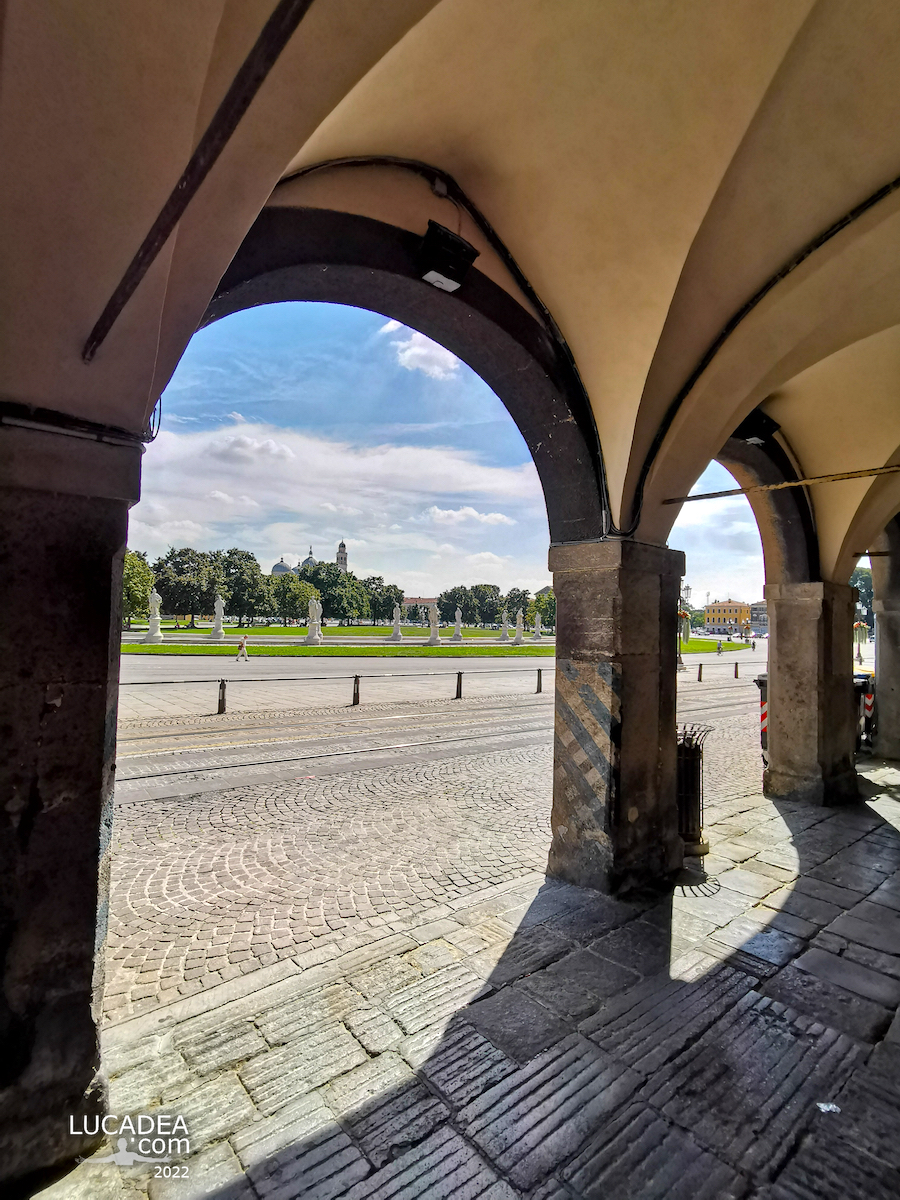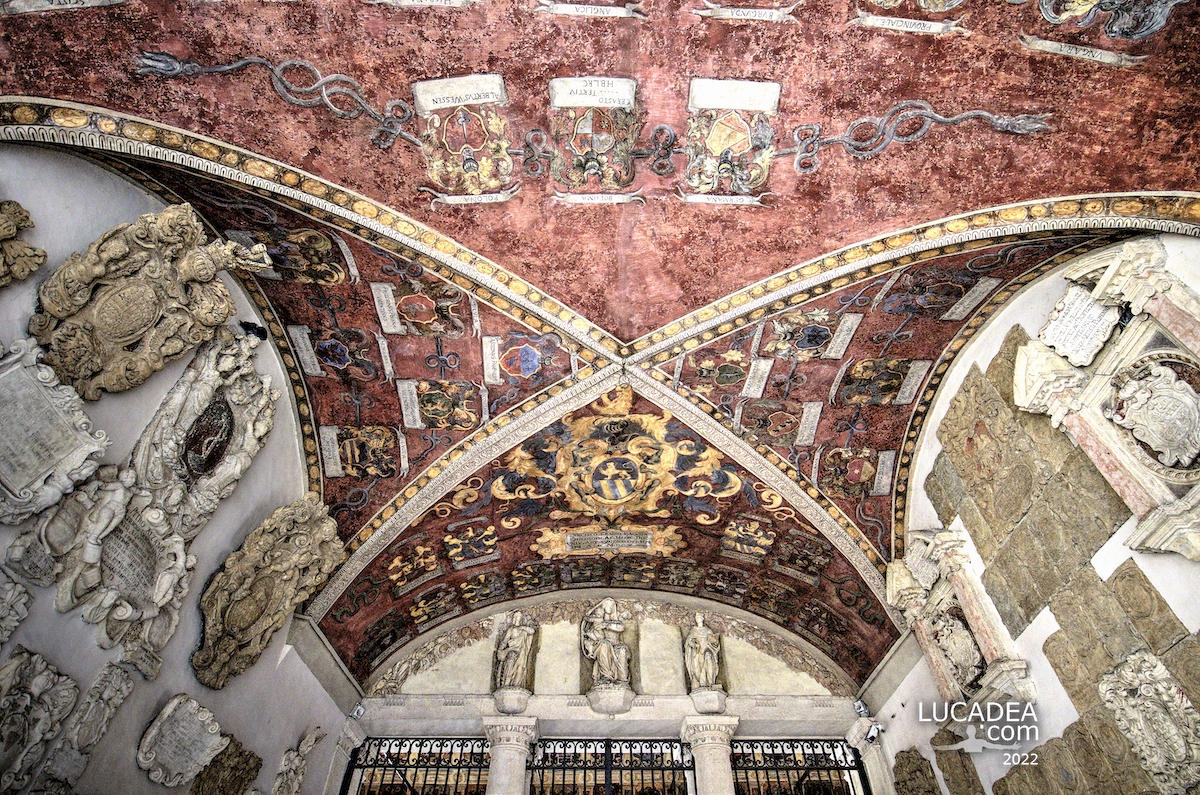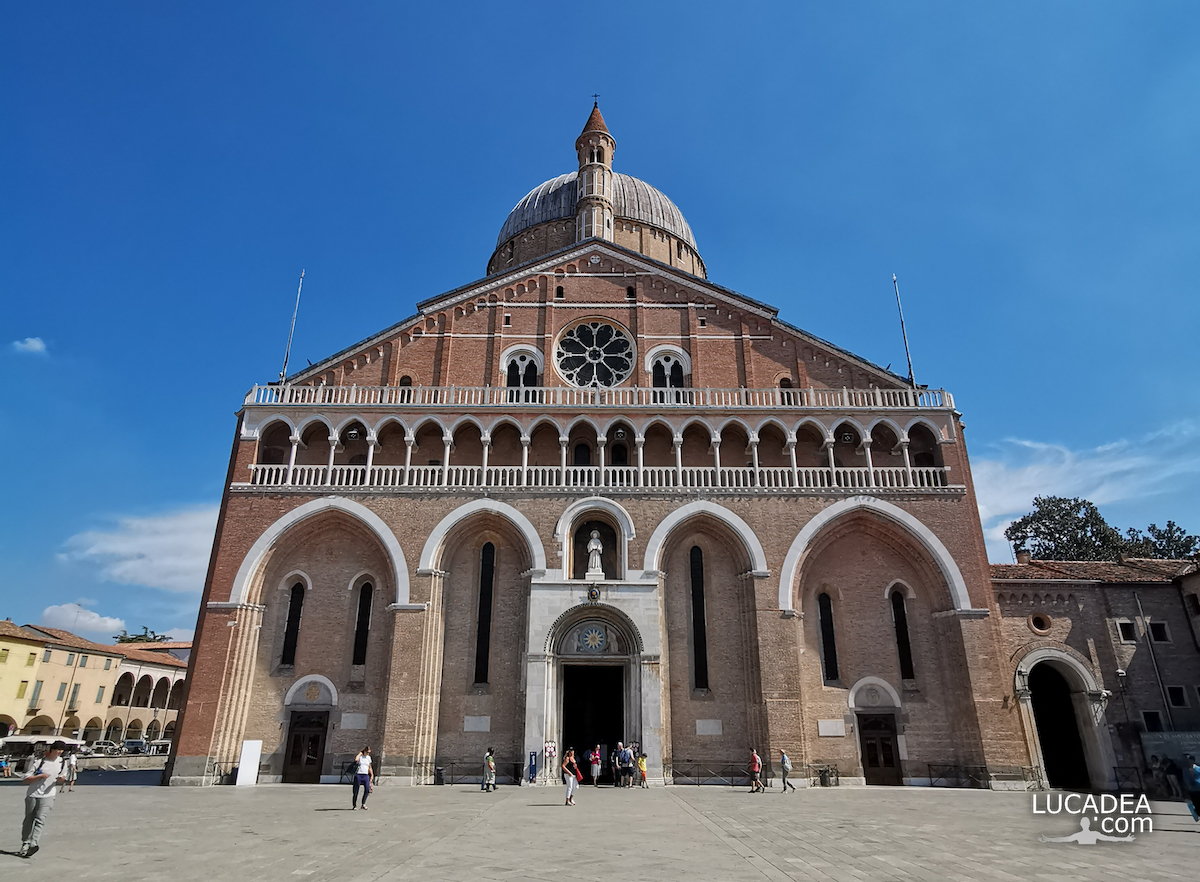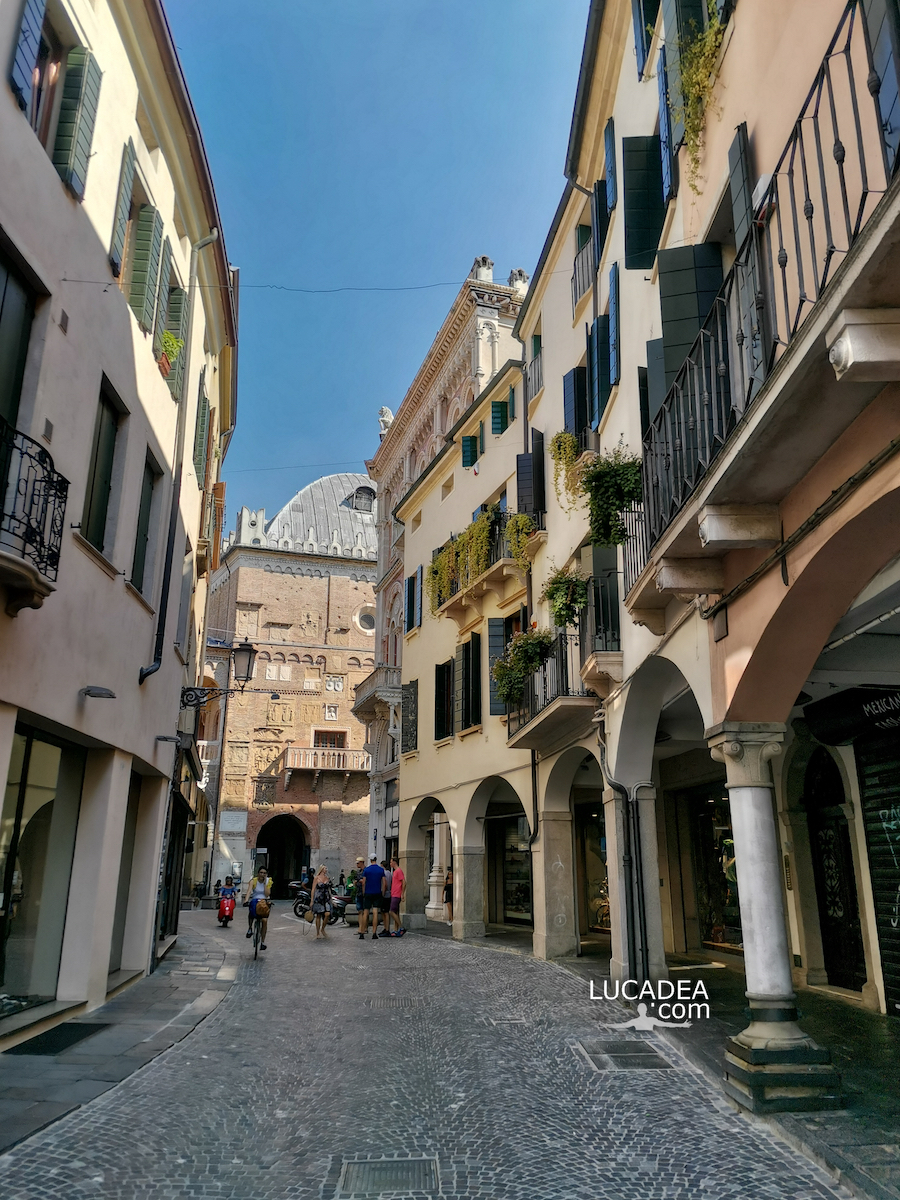A beautiful terrace among the alleys of Padua.
Padua is a charming city located in the Veneto region, in northern Italy. Wandering through the alleys of the large historic center you can come across very beautiful buildings like the one photographed and published in this article.
Padua is one of the oldest cities in Italy, with a history dating back to the 13th century BC. Founded, according to legend, by the Trojan prince Antenor, the city played an important role during the Roman and medieval eras. In the 14th century, under the rule of the Carraresi, Padua became a significant cultural center, contributing to the Italian Renaissance.
Founded in 1222, the University of Padua is one of the oldest and most prestigious in the world. Its illustrious professors and students include Galileo Galilei and Nicolaus Copernicus. The university is still a center of academic and research excellence today.
Monuments and Attractions:
– The Scrovegni Chapel: famous for its frescoes by Giotto, it is one of the masterpieces of medieval art.
– The Prato della Valle: one of the largest squares in Europe, surrounded by statues and canals.
– The Basilica of Sant’Antonio: known simply as “Il Santo”, it is an important place of pilgrimage.
– The Botanical Garden: the oldest university botanical garden in the world, founded in 1545 and declared a World Heritage Site by UNESCO.
Padua is known as “the city of the three withouts”:
– The Café without doors: the Caffè Pedrocchi, once open 24 hours a day.
– The Meadow without grass: the Prato della Valle, which in the past was a marshy area.
– The Saint without a name: the Basilica of Sant’Antonio, called simply “The Saint” by the Paduans.
Today, Padua is a lively and dynamic city, with a population of over 200,000. It is an important economic and cultural center, with numerous events, festivals and a rich gastronomic scene.
Have you ever visited beautiful Padua?
Add your own comment or go to the bottom of the site to read what other visitors have written.
Photo taken with Honor 20.
To see all the photos I took in the city of the Saint click here:

The city was one of the cultural capitals of the fourteenth century, thanks to the presence of the lordship of the Carraresi or Da Carrara, who made Padua one of the main centers of pre-humanism. Between the fourteenth and fifteenth centuries, an impressive cultural movement devoted to the ancient developed in conjunction with Florence, which would transform into the Paduan Renaissance and influence the artistic landscape of the entire northern Italy of the fifteenth century. In Padua there are two sites declared World Heritage Sites by UNESCO: the botanical garden, the oldest in the world, and the cycles of frescoes from the fourteenth century, preserved in eight building complexes including the Scrovegni Chapel.
Continue and learn more on Wikipedia
A beautiful terrace among the alleys of Padua – Une belle terrasse dans les ruelles de Padoue – Una hermosa terraza en las callejuelas de Padua. – Um belo terraço nas ruelas de Pádua – Eine wunderschöne Terrasse in den Gassen von Padua – Một sân thượng tuyệt đẹp trong các con hẻm ở Padua
The text of the post was written with the help of Copilot, a virtual assistant based on artificial intelligence.


















